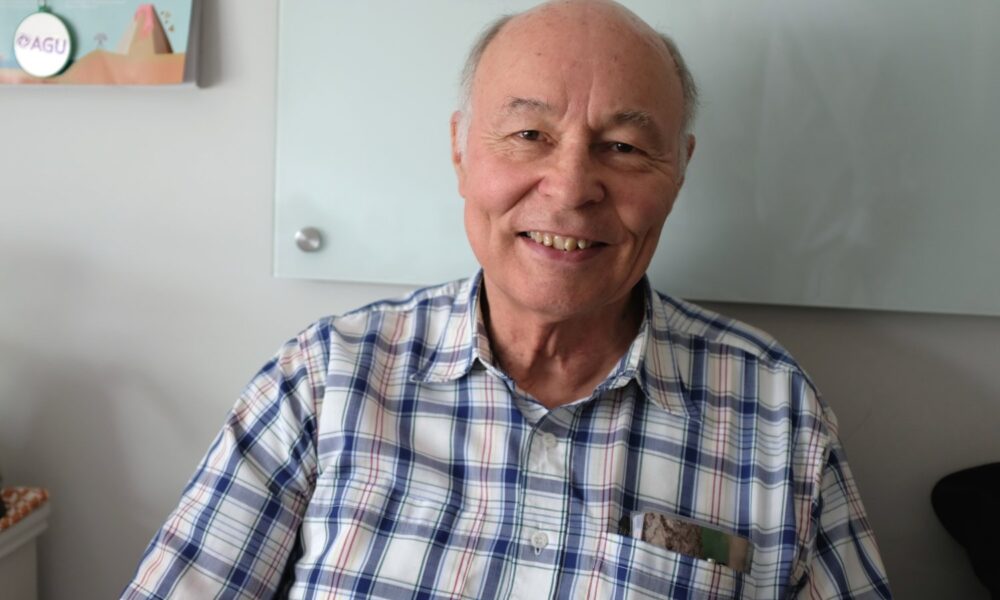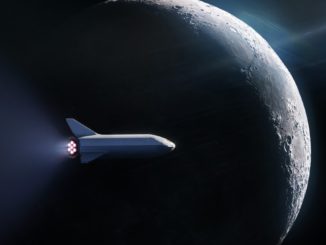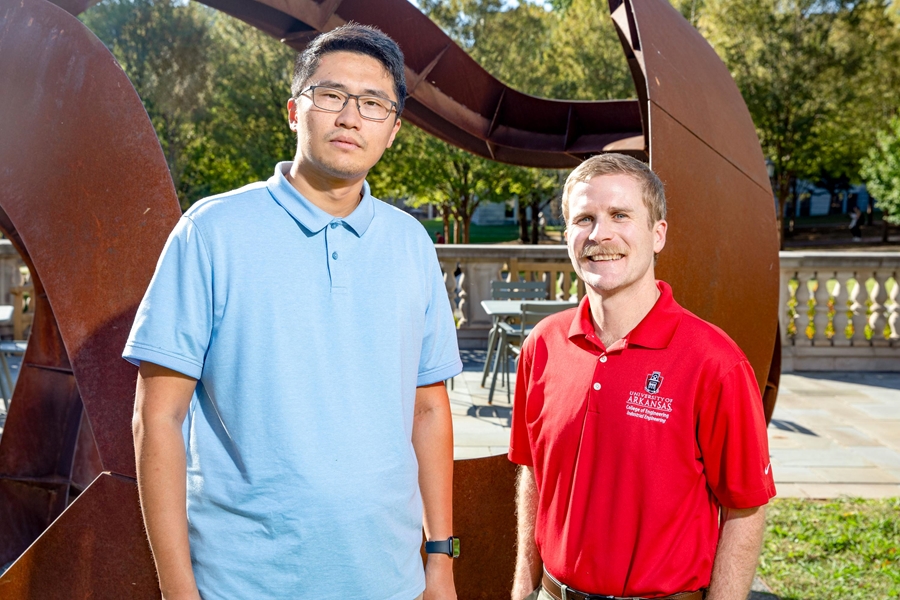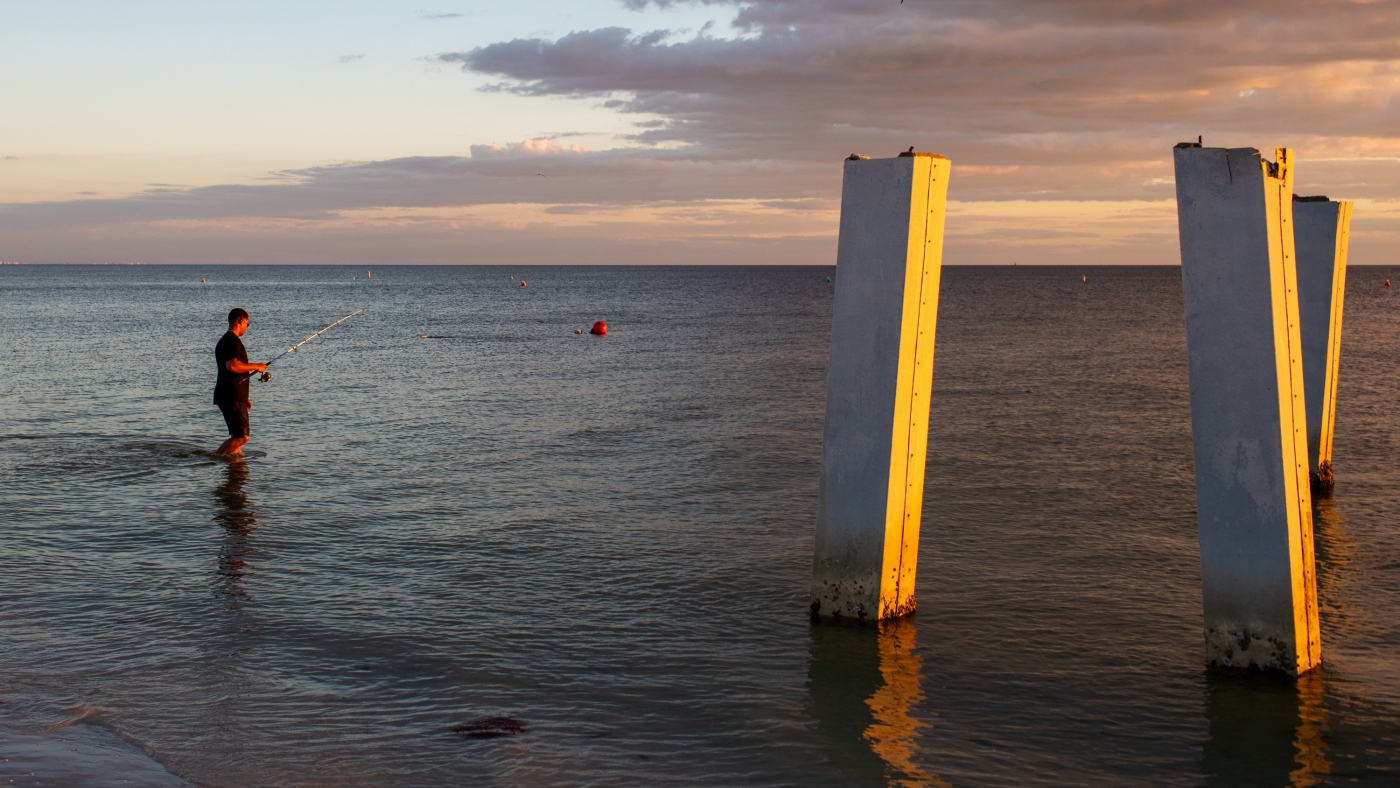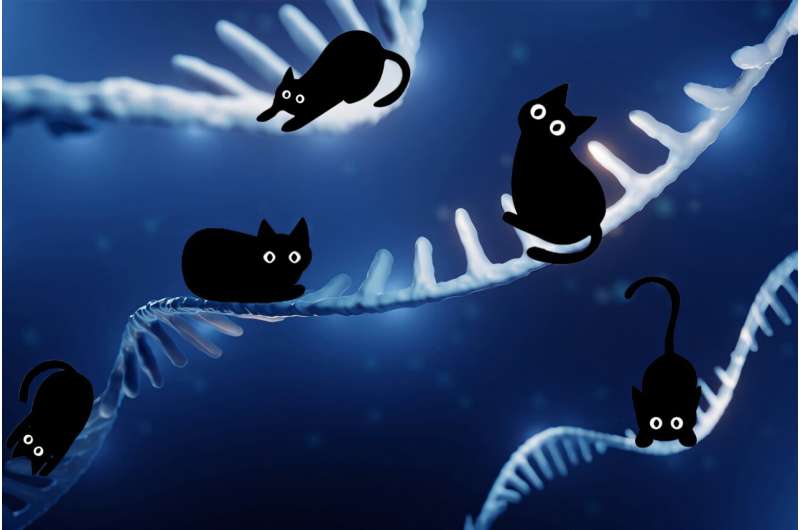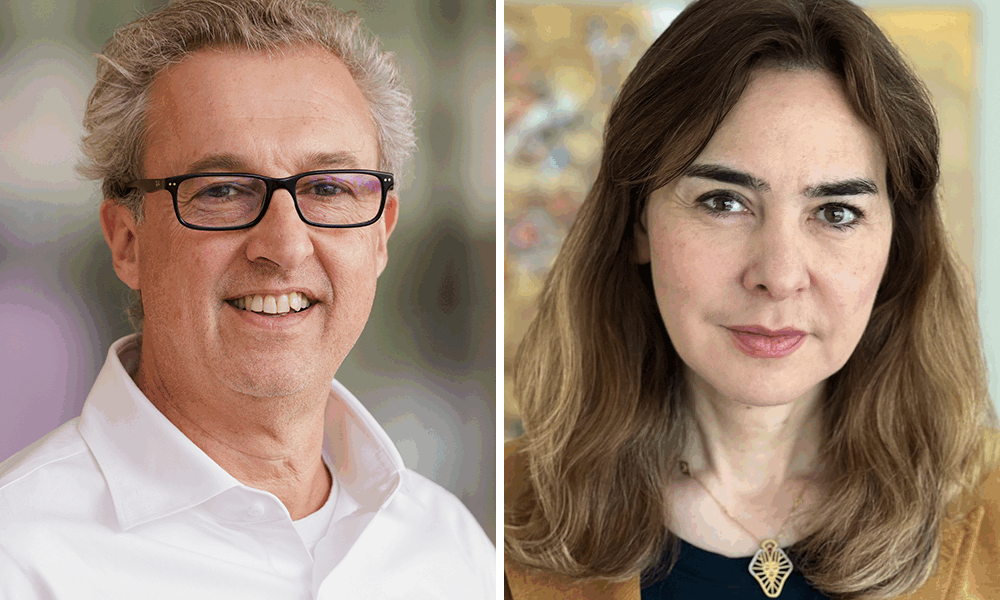Alan Robert Whitney, a distinguished radio astronomer and research scientist at the MIT Haystack Observatory, passed away on September 28, 2023, at the age of 81. Whitney was instrumental in the development of very long baseline interferometry (VLBI), a technique that has revolutionized radio astronomy and geodesy. His contributions significantly enhanced the reputation and capabilities of the observatory throughout his decades-long career.
Whitney’s journey began in Wyoming, where he showcased his exceptional talent early on by winning the state science fair in 1962. He designed and built a satellite telemetry receiver from scratch while working on his family’s dairy farm. He later enrolled at MIT, where he completed a five-year master’s degree through a cooperative internship with Bell Laboratories and subsequently earned his PhD in electrical engineering in 1974.
During his tenure at Haystack, Whitney ascended to the rank of principal research scientist and served as associate director for many years. He took on the role of interim director from 2007 to 2008. Whitney’s work was recognized with an MIT Excellence Award in 2011, underscoring his impact on the institution.
Pioneering Contributions to Radio Astronomy
Whitney was a key figure in the pioneering development of VLBI in the late 1960s as part of his doctoral research. This technique allowed researchers to make direct measurements of continental drift and gather invaluable data on distant radio sources with unprecedented precision. His landmark paper demonstrated apparent superluminal motion in radio sources, a finding that contributed to our understanding of relativistic motion.
As described by Phil Erickson, current director of Haystack, “Alan’s personality and enthusiasm were infectious, and his work represented the best ideals of the Haystack and MIT research enterprise.” Whitney’s innovative approach and relentless pursuit of excellence propelled VLBI technology to new heights, establishing standards that the global VLBI community still adheres to today.
Whitney’s efforts in the early days of VLBI were marked by significant challenges. He traveled extensively, often carrying delicate equipment and managing complex instrumentation. He developed specialized software for the mainframe computers of the time, laying the groundwork for future advancements. By the early 1980s, the recording and correlation systems he led were recognized as the state of the art in VLBI technology.
In his later career, Whitney continued to innovate, leading the transition from tape-based systems to disk-based recording. The Mark V systems he developed became crucial for the commercialization of VLBI technology, enabling wider adoption worldwide.
Legacy and Lasting Impact
One of Whitney’s notable achievements was the Mark 6 recording system, which enhanced data recording speed and sensitivity. This advancement played a crucial role in the creation of the Event Horizon Telescope, which famously captured the first image of a black hole. The Mark 6 recorders now operate at speeds approximately 100,000 times faster than the early tape systems.
Whitney’s leadership extended beyond VLBI. He served as project director for the Murchison Widefield Array in Australia, a significant research initiative focused on the early universe. He provided invaluable insights and support until his retirement in 2012, after which he remained a trusted advisor to the Haystack Director’s Office.
In recognition of his contributions, Whitney was a co-recipient of the 2020 Breakthrough Prize in Fundamental Physics awarded to the Event Horizon Telescope Collaboration. His legacy as a technologist and mentor inspired generations of scientists and engineers, as noted by Pedro Elosegui, leader of the Haystack geodesy group. Elosegui described Whitney as “a technology pillar” and a “leading figure of the VLBI geodetic community.”
Whitney’s commitment to the MIT Haystack Observatory and its mission was profound, impacting many at the institution and beyond. His clarity of thought, sharp intellect, and friendly demeanor endeared him to colleagues around the globe. His passing marks a significant loss to the scientific community, but his legacy will continue to influence future generations in the fields of radio astronomy and geodesy.

